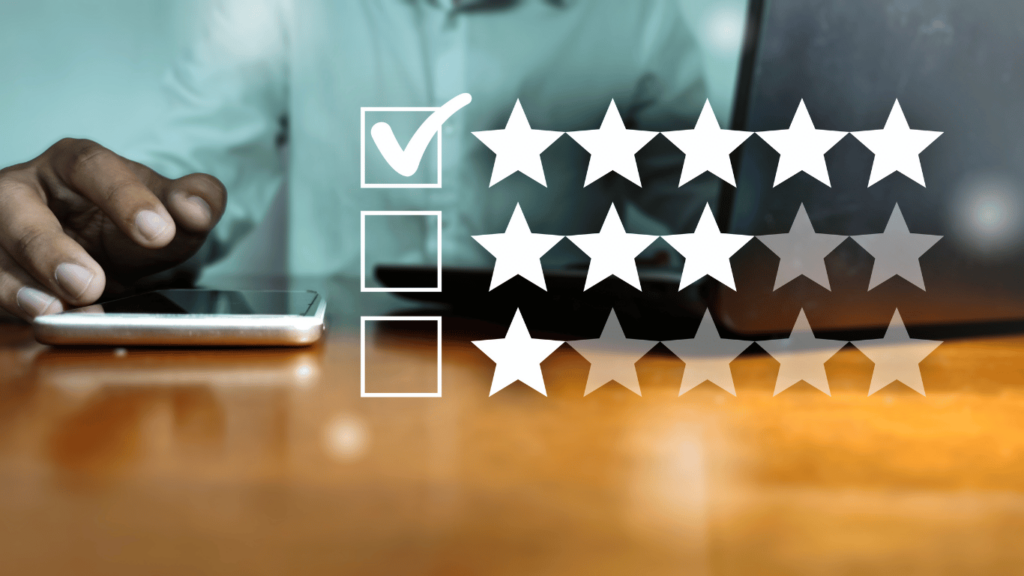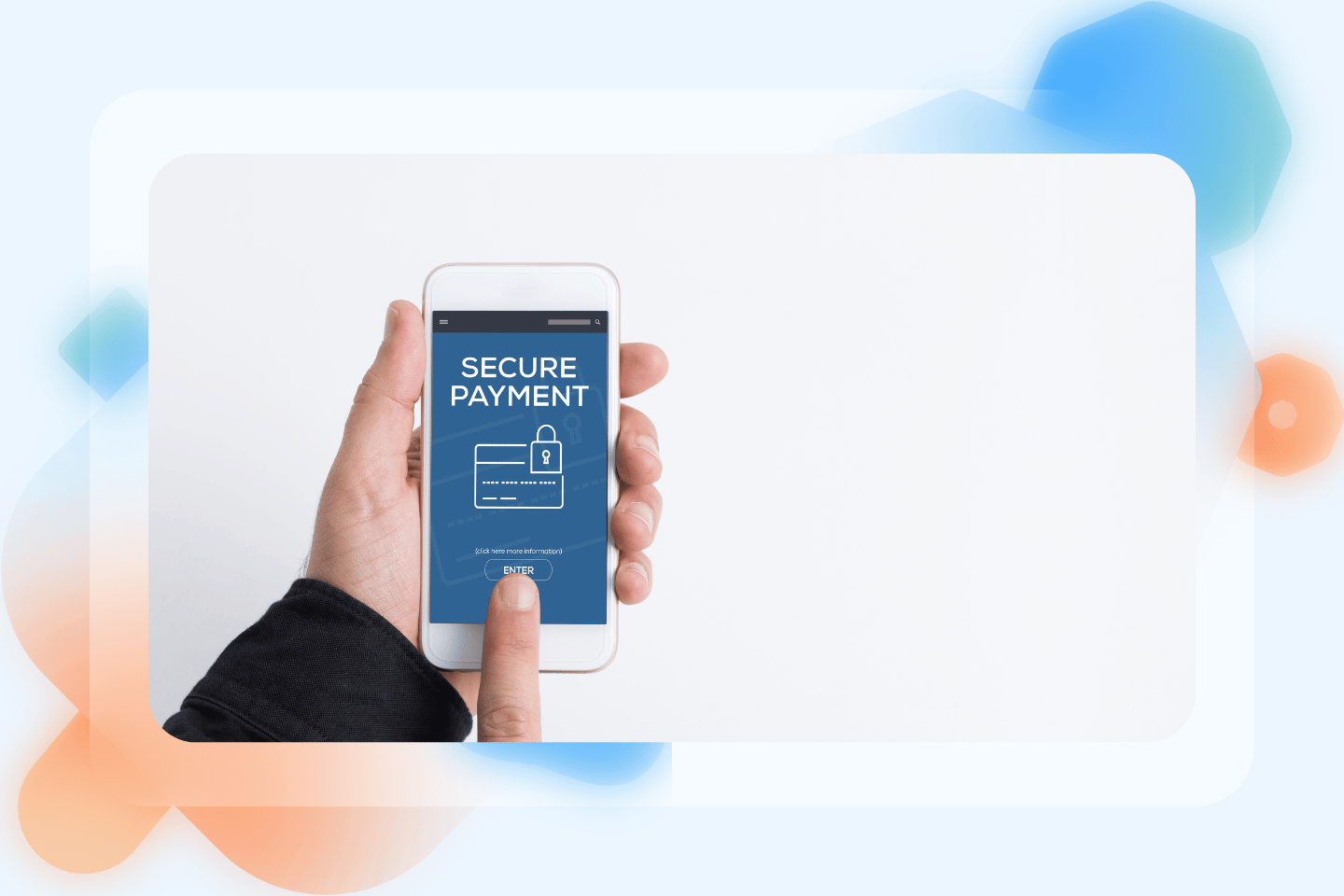Black Friday Cyber Monday (BFCM) is a time of frantic shopping and massive sales. While businesses may experience a surge in sales during this period, the real challenge lies in retaining these newly acquired customers. A successful post-BFCM customer retention strategy can significantly impact your long-term profitability and brand loyalty.
During the holiday season, it is crucial to focus on customer retention strategies to enhance engagement and foster loyalty. Effective communication and personalized experiences can help turn one-time shoppers into loyal advocates for your brand.
Let’s explore ways to boost post-BFCM customer retention and build lasting relationships with your customers. By implementing these strategies, you can turn one-time shoppers into loyal advocates for your brand.
Post-BFCM customer retention is crucial for businesses

Ecommerce brands should always leverage the power of customer loyalty. Why? For the simple reason that a well-executed customer retention strategy can help your business reap the following benefits:
- Increased profitability: Retaining existing customers is significantly less expensive than acquiring new ones. Loyal customers spend more and make repeat purchases, increasing revenue and profitability.
- Enhanced brand loyalty: A positive post-BFCM experience can foster strong brand loyalty, leading to long-term customer relationships. Loyal customers are likelier to recommend your brand to others, driving organic growth.
- Reduced customer acquisition costs: Retaining customers minimizes the need for constant marketing and advertising efforts to acquire new ones, saving businesses valuable resources.
- Improved customer lifetime value: Loyal customers typically have a higher lifetime value, meaning they generate more revenue for the business over time.
- Competitive advantage: In today’s competitive marketplace, businesses that excel at customer retention gain a significant advantage over those that struggle to retain their customers.
Black Friday and Cyber Monday play a critical role in generating substantial sales and acquiring new customers. It’s crucial that your business strikes while the iron is in creating loyal customers. In other words, connect with your customers while your brand is still fresh in their minds, especially after a sales event as big as BFCM.
Leverage these customer retention strategies to maximize brand loyalty and engagement even after BFCM

1. Offer post-holiday subscription opt-in discounts
Offering post-holiday subscription opt-in discounts can effectively enhance customer lifetime value by encouraging BFCM customers to become repeat buyers and boost overall retention. This strategy provides several benefits:
- Enhanced convenience: Subscriptions provide customers with the convenience of automatic replenishment, reducing the need for repeat purchases.
- Exclusive offers: You can offer subscribers exclusive discounts or benefits, creating a sense of loyalty and encouraging continued patronage.
- Data collection: Subscription programs allow you to gather valuable customer data, such as purchase history and preferences, which can be used for personalized marketing and recommendations.
- Reduced cart abandonment: Offering subscriptions can address the issue of cart abandonment by providing customers with a convenient option to continue purchasing your products regularly.
2. Create a post-purchase engagement hub
A post-purchase engagement hub is a centralized platform where holiday shoppers can access relevant information, resources, and support related to their recent purchases. This can be a valuable tool for fostering customer loyalty and encouraging repeat purchases.
Here’s how a post-purchase engagement hub can benefit your business:
- Improved customer experience: A post-purchase engagement hub provides customers easy access to product information, usage guides, FAQs, and troubleshooting tips, enhancing their overall experience.
- Enhanced support: Offering a dedicated support channel within the hub allows customers to ask questions and receive assistance promptly, fostering a sense of trust and satisfaction. Up to 89% of your customers will buy from you again after a positive customer service experience.
- Community building: A community forum within the hub can encourage customers to connect, share experiences, and provide feedback, strengthening the sense of community around your brand.
3. Explore one-time add-ons and upsells
Offering one-time add-ons or upsells during the post-BFCM period can be a powerful strategy to increase average order value and encourage repeat purchases. Presenting customers with complementary or premium products can enhance their overall shopping experience and drive additional revenue.
Here are some ways this strategy can benefit your business:
- Increased average order value: By encouraging customers to add complementary or premium products to their purchases, you can significantly increase the average order value and boost overall revenue.
- Customer segmentation: Analyzing customer behavior and preferences based on add-on and upsell purchases can help you segment your customer base and tailor marketing efforts more effectively.
- Revenue generation: One-time add-ons and upsells can be a significant source of additional revenue, especially during the post-BFCM period when customer spending may decline.
4. Strategically position loyalty programs and rewards
Loyalty rewards programs are powerful tools for fostering customer loyalty and encouraging repeat customers. They involve creating tiered loyalty programs, offering exclusive benefits, personalizing rewards, gamifying the program, building a community, and ensuring easy redemption.
Here’s how this strategy can benefit your business:
- Increased customer loyalty: A well-designed loyalty program can foster strong customer loyalty by rewarding repeat purchases and demonstrating appreciation for their business.
- Higher customer lifetime value: Loyal customers spend more over time, increasing their lifetime value to your business.
- Reduced customer acquisition costs: Retaining existing customers is significantly less expensive than acquiring new ones. A strong loyalty program can help reduce customer acquisition costs.
- Improved customer satisfaction: Loyalty programs can enhance customer satisfaction by providing exclusive benefits and personalized experiences.
- Competitive advantage: A well-executed loyalty program can give your business a competitive edge by differentiating you from competitors and attracting more loyal customers.
5. Set up customer surveys
Customer surveys are a valuable tool for gathering feedback and insights into the customer experience. By actively seeking feedback from your customers, you can better understand their needs, preferences, and satisfaction levels.
Here are some of the benefits of using this strategy:
- Gather valuable feedback: Customer surveys provide direct feedback on the customer experience, allowing you to identify areas for improvement and address customer concerns.
- Measure customer satisfaction: Gauge customer satisfaction with your products, services, and overall experience. This information can help you track changes in customer sentiment over time.
- Identify opportunities for upselling and cross-selling: Discover additional products or services that customers might be interested in, leading to increased revenue.
- Segment your customer base: Analyze survey data to identify different customer segments and tailor your marketing efforts accordingly.
- Improve customer experience: Use survey feedback to make data-driven decisions and implement changes to improve the overall customer experience.
6. Set up a failed payment recovery strategy
A failed payment recovery strategy is essential for minimizing revenue loss and improving customer satisfaction after the BFCM shopping season. Here’s how this strategy can benefit your business:
- Reduce revenue loss: Proactively contact customers with failed payments to offer alternative payment methods or resolve any underlying issues. This can help you recover lost sales and avoid revenue leakage.
- Improve customer experience: A timely and personalized approach to failed payments can enhance the customer experience and demonstrate your commitment to providing excellent service.
- Identify payment issues: Analyze failed payment data to identify common problems, such as expired cards or incorrect billing information. This information can be used to improve your checkout process and prevent future failures.
- Build trust and loyalty: By demonstrating your willingness to help customers with payment issues, you can build trust and loyalty, encouraging repeat purchases.
7. Recover abandoned shopping carts
Abandoned shopping carts can be a significant source of lost revenue. You can encourage customers to return to their carts and complete their purchases by implementing effective recovery strategies.
Recovering abandoned shopping carts can give your businesses the following benefits:
- Increased revenue: Recovering abandoned carts can increase your revenue by converting lost sales into completed purchases.
- Improved conversion rates: Implementing effective recovery strategies can boost your overall conversion rate and improve the efficiency of your sales funnel.
- Reduced marketing costs: Recovering abandoned carts can be more cost-effective than acquiring new customers through marketing efforts.
8. Personalized follow-ups to high-value customers
Sending personalized follow-ups to high-value customers strengthens relationships, encourages repeat purchases, and boosts post-BFCM customer retention. By tailoring your communication to their needs and preferences, you can demonstrate your appreciation for their business and increase their loyalty.
Here’s how personalized follow-ups can benefit your business:
- Reinforce the customer relationship: A personalized follow-up message shows customers that you value their business and remember their purchase. This can strengthen the customer-brand relationship and encourage repeat purchases.
- Provide additional value: Offer exclusive discounts, promotions, or personalized recommendations based on the customer’s purchase history. This can incentivize customers to make further purchases.
- Address any concerns: If customers have questions or concerns about their purchase, address them promptly and professionally in your follow-up message. This demonstrates your commitment to excellent customer service.
9. Set benchmark service level agreement SLA expectations for each channel
Establishing clear SLAs for each customer support channel can significantly improve post-BFCM customer retention by:
- Providing transparency: SLAs outline the expected level of service and response times for each channel, giving customers clear expectations and reducing frustration.
- Enhancing customer satisfaction: Meeting or exceeding SLAs demonstrates a commitment to customer service and can improve overall satisfaction.
- Improving efficiency: By setting specific benchmarks, customer support teams can focus on prioritizing and addressing inquiries efficiently.
- Measuring performance: SLAs provide a measurable standard for evaluating customer service performance and identifying areas for improvement.
- Building trust: Consistent SLA adherence can build customer trust, encouraging them to return for future purchases.
10. Consistent connection is everything for customer lifetime value
Maintaining a consistent connection with your customers is essential for building strong relationships and fostering loyalty. Here’s why:
- Reinforces brand presence: Regular communication reminds customers of your brand and keeps you at the top of their minds.
- Personalizes the experience: Consistent communication allows you to tailor your messaging and offers to individual customers.
- Encourages repeat purchases: Consistent engagement can encourage customers to return to your brand for future purchases.
To ensure you’re getting the most out of these strategies, always consider the best practices for a seamless post-purchase experience and tactics to make customers’ post-purchase experience stand out.
Continue delivering a positive experience even after BFCM

Focus on offering exclusive benefits, exploring add-ons and upsells, and strategically positioning loyalty rewards to build enticing incentives for your customers to keep coming back. Top it all off by creating an engaging post-purchase hub, conducting customer surveys, setting up a failed payment recovery strategy, and maintaining consistent communication to show them that their experience matters—building and strengthening your customer relationship.
Want to learn about our recommended actionables for each strategy? Feel free to download our free ebook! You can also check out the replay of one of the roundtable discussions we conducted on building loyalty post-BFCM.




